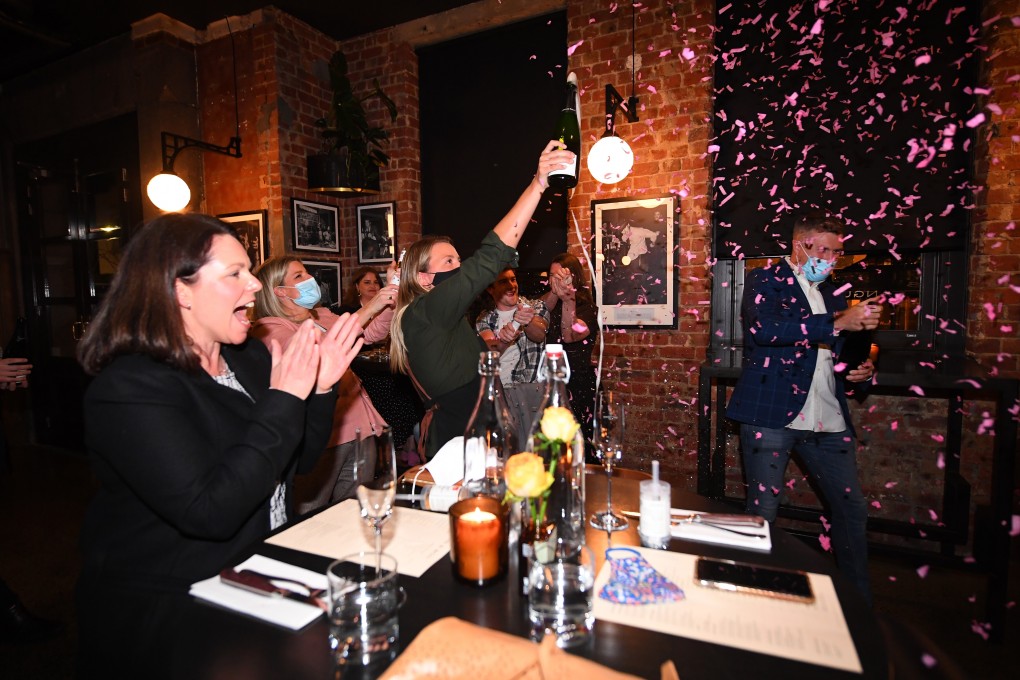Coronavirus: Melbourne parties as 112-day lockdown ends, but health experts urge caution
- Residents of Australia’s cultural capital were quick to celebrate the city overcoming its second wave of infection, which began in late June
- Thousands of businesses have reopened, but many are struggling – and infection specialists warn that the lockdown’s end is far from ‘game over’

Sang Lee was among those who relished the opportunity to blow off some steam, going to an “end of lockdown party” at a popular bar in the city to ring in 11.59pm on Tuesday, when restrictions were officially lifted.
“The vibe was electric. Everyone was giddy and had their walls down. We cracked dumb jokes with strangers, and then counted down to 11.59 like it was New Year’s Eve,” she said.
For Sang, like many of Melbourne’s 5 million residents, one of the biggest appeals of living in Australia’s cultural capital used to be the cafes, restaurants, bars, and live music that could be enjoyed most every day of the week.
Some of this is returning – Daniel Andrews, Victoria state premier, said more than 16,000 shops, 5,800 cafes and 1,000 beauty salons reopened on Wednesday – but the antivirus restrictions have taken their toll.